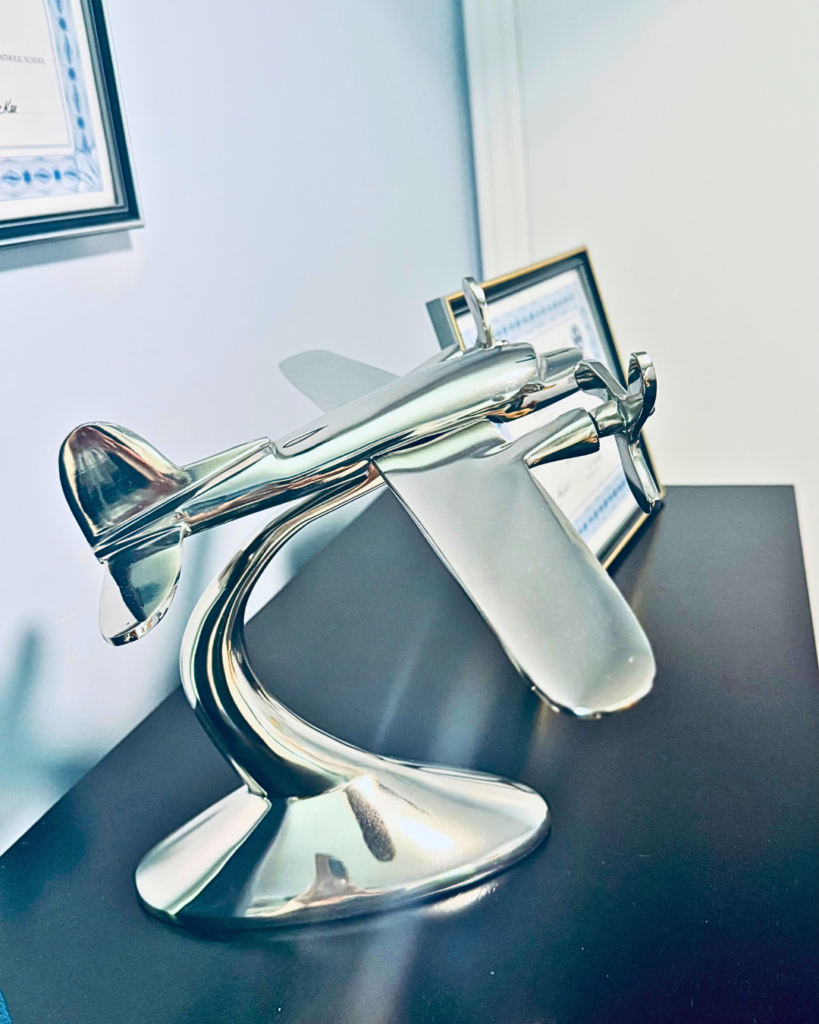Interior design isn’t just about aesthetics; it’s about creating environments that support well-being and functionality. For individuals with autism, thoughtful design can significantly enhance daily life by addressing sensory sensitivities and promoting comfort. Here’s how interior design can make a positive difference in creating autism friendly spaces.
Many individuals with autism experience heightened or diminished sensory sensitivities. This means they might find certain lights too bright, sounds too loud, or textures uncomfortable. Conversely, some may seek out specific sensory inputs to feel grounded. Interior design that considers these needs can create spaces that are both functional and comforting.
Key Interior Design Strategies for Autism-Friendly Spaces
1. Soothing Color Palettes
Opt for soft, muted colors like pastels, blues, and greens to create a calming atmosphere. Avoid bright, contrasting colors that can be overstimulating. Consistent color schemes help reduce visual clutter and promote relaxation.
2. Controlled Lighting
Natural light is preferable, but where that’s not possible, use adjustable lighting options. Dimmable lights and soft, indirect lighting can help minimize glare and create a soothing environment. Consider blackout curtains in bedrooms to aid sleep.
3. Tactile-Friendly Materials
Choose fabrics and materials that are soft and non-irritating. Natural fibers like cotton, bamboo, and linen are excellent choices. Avoid scratchy or stiff materials that can cause discomfort.
4. Sound Management
Minimize noise disruptions by using sound-absorbing materials such as acoustic panels or curtains. Consider installing carpeting or area rugs to dampen echoes and footsteps. For quiet zones or bedrooms, soundproofing techniques like double-pane windows can help create a serene environment conducive to relaxation and sleep.
5. Structured Layouts
Establish clear, structured layouts that facilitate predictability and ease of navigation. Open floor plans with defined areas for different activities can help individuals with autism feel more comfortable and organized within their living space. Utilize visual cues such as labels, color-coded systems, or picture schedules to enhance understanding and promote independence.
6. Designated Sensory Zones
Create specific areas tailored to sensory needs. For instance, a calming area might include soft lighting, weighted blankets, and noise-canceling headphones. A sensory regulation corner could offer fidget toys and tactile surfaces. These zones provide individuals with a space to self-regulate and find comfort.
Dream Design Makeover
This area sits so closely to me as my son was diagnosed with autism spectrum disorder at age 4. At this point I knew my life’s work would become something deeper. It wasn’t just about beautiful interiors—it was about creating supportive environments that help individuals on the spectrum live with confidence, calm, and independence.
As he grew into adulthood, I saw firsthand how critical functional design for autism really is—especially when transitioning to independent living. This is what inspired me to offer specialized interior design services for autism and developmental disabilities.
In October 2023, our studio teamed up with Nova Era Bakery to host a Gala for Autism Awareness. We raised $20,000 for Looking Ahead Services, an incredible organization offering ABA therapy and life skills support for both children and adults on the spectrum—something very close to my heart.
The Gala grand prize was a Dream Design Makeover project for an autistic young adult. We were thrilled to award Noah Paiva, a 17-year-old the opportunity to transform his childhood bedroom and bathroom into a calming, autism friendly sanctuary using interior design knowledge.
This wasn’t about fancy trends—it was about sensory-sensitive interior design and autism-friendly space planning. With thoughtful layouts for independence, we were able to create a home environment tailored to Noah’s growth.


Interior design plays a crucial role in supporting individuals with autism. By considering sensory sensitivities and incorporating thoughtful design elements, spaces can be transformed into environments that promote comfort, independence, and well-being. Whether at home, in schools, or in public spaces, inclusive design benefits everyone.
